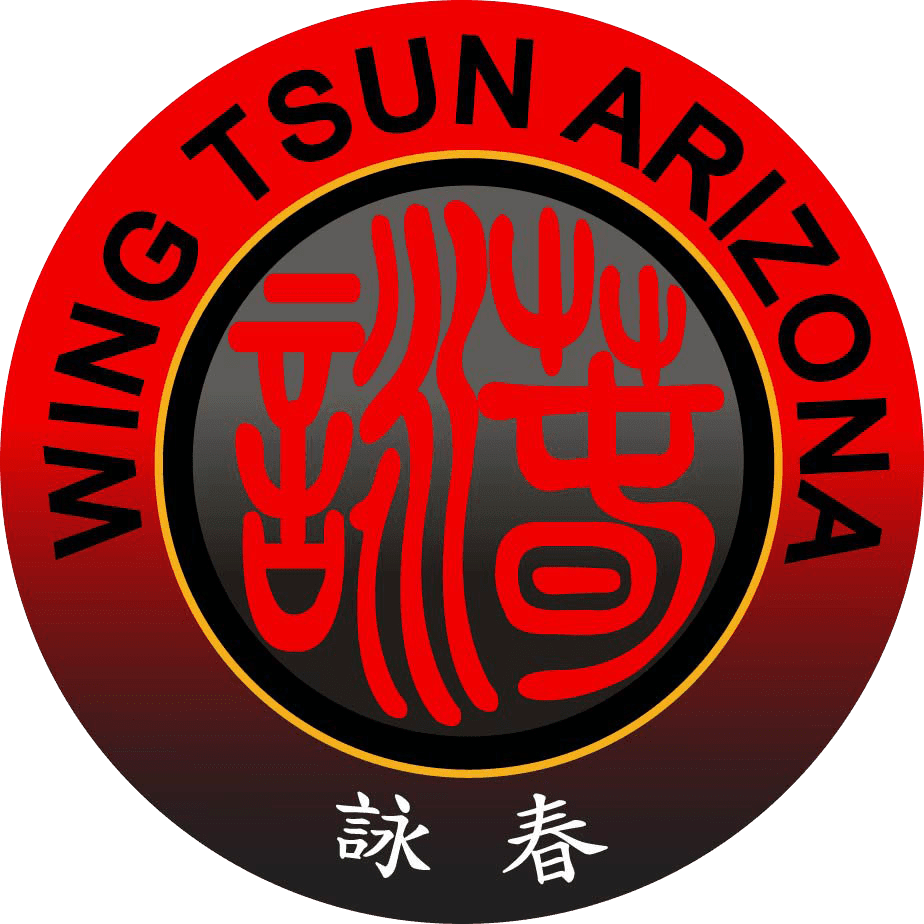8 misunderstandings about “sticky hands”…

8 misunderstandings about “sticky hands”…
Here they are:
1) is a fighting exercise.
2) uses structure as the most important factor.
3) Requires that one must stick no matter what.
4) is the major part of Wing Tsun (or even Wing Chun).
5) Is exclusive to Wing Tsun (or even Wing Chun).
6) requires that forward pressure be forceful.
7) uses a turtle-shell upper body structure.
8) requires that each stroke of the arms should have a pulsing forward stroke along with it.
What IS true:
1) Chi sau is a drill to build skill at staying with an attacker’s arms in an attack by an adversary. The skill is used in fighting but it is not fighting.
2) The ability to stick is more important than structure, which of course is also very important. However, I have seen advanced practitioners whose stocky build would not allow their tan sau to be lined up with centerline, even after years of practice! Their stretching of upper body muscles benefited them greatly in any case. Their sticky pressure was incredibly effective.
3) If an attacker’s arms go wildly outside the body dimensions, one should not chase your partner’s hands in order to keep sticky pressure.
4) Chi sau is a drill that Wing Tsun (and Wing Chun) students have to spend a lot of time with in order to build this interesting skill. However, it is a martial art with self-defense and fighting skill as its biggest emphasis.
5) Many martial arts from China and the Philippines have sticky hands drills: T’ai Chi, Preying Mantis, White Eyebrow, Chi Sim Weng Chun, Escrima/ Kali/Arnis, Jeet Kune Do.
6) Forward pressure should not be forceful but automatic and not “intentional.” GGM Leung Ting used to talk about light, medium and strong pressure. These ideas can be useful for conditioning.
7) The upper body should not have a turtle shell structure. This is a misunderstanding of the ‘hollow chest’ description. The hollow chest description simply means that one should not thrust the chest out like a body-builder but rather keep it back and not tense.
8) Each stroke of the arms in rolling arms should not have a ‘pulsing’ but sticking should be uniform. The forward pressure from your partner’s bride-on arm (fook sau) should still activate one’s wing arm (bong sau) from automatic pressure alone, not voluntary movement.
#martialarts #kungfumesa #stickyhands #chisau #chisao
#clingingarms #wingchun #wingtsunkungfu #mesamartialarts #martialartsinmesa #martialartsscottsdale #wingchunscottsdale #TaiChi #PreyingMantis #WhiteEyebrow #ChiSimWengChun #EscrimaKaliArnis #Jeet KuneDo.
Contact Me
Get in Touch!
I’d love to hear from you! Feel free to get in touch with any questions, comments, or inquiries you may have.
